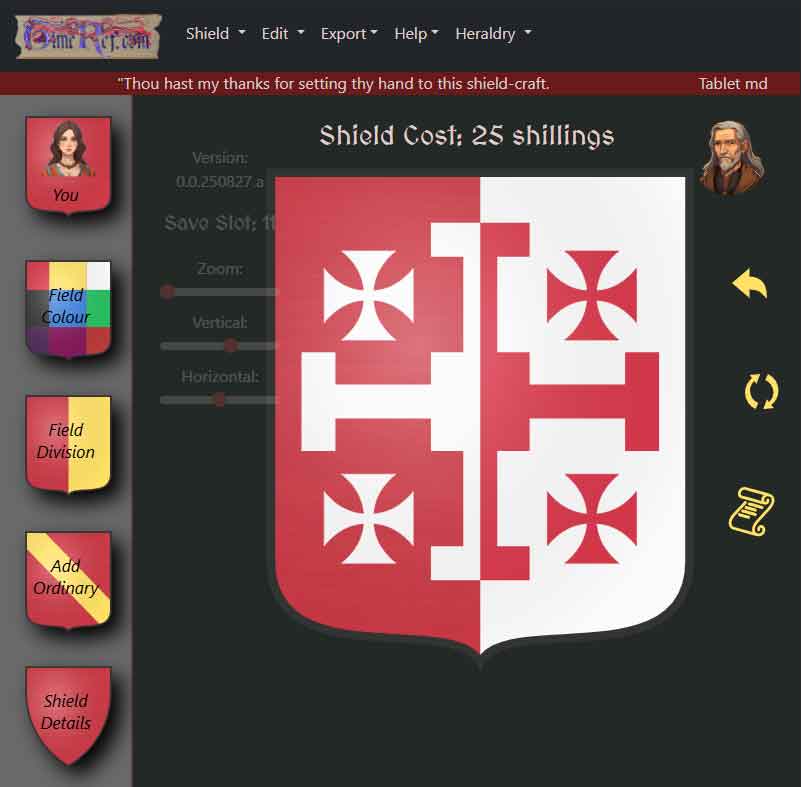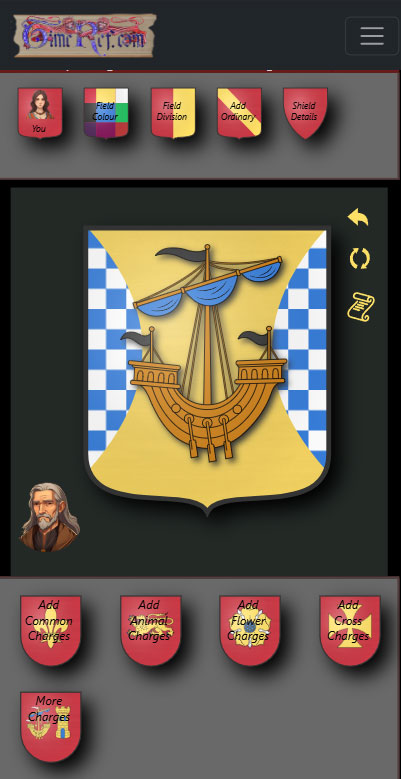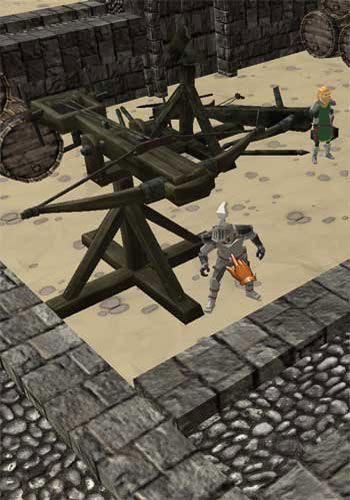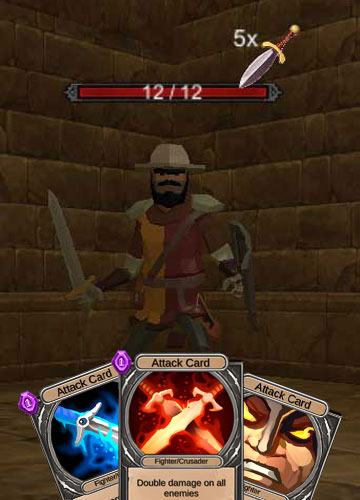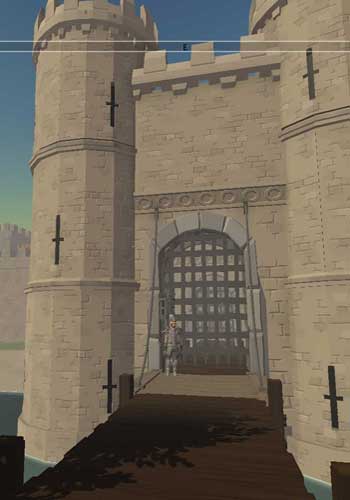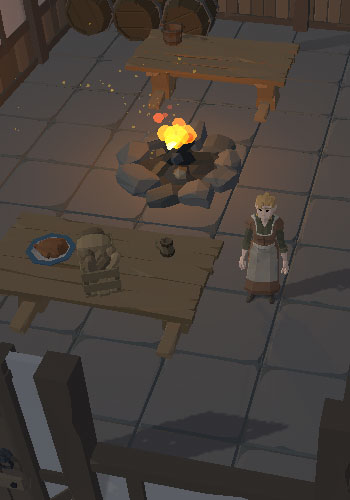| Born | 1532 | Born At | |
| Died | 12 November 1595 | Buried At |
| Born | 1532 / |
| Died | 12 November 1595 / |
Family Tree Details
Hawkins, John (Sir) (b.1532 - d.1595)
See Also
People
Timeline
John Hawkins sailed from England to West Africa where captured Africans were loaded aboard his ships and transported to the Caribbean to be used as slaves. With money raised from the sale, Hawkins bought goods to be sold back in England.
In Plymouth harbour John Hawkins prepared his fleet of six ships, two supplied by Queen Elizabeth and four of his own for a voyage to the west coast of Africa. The two ships supplied by the Queen were the Jesus of Lubeck and the Minion. The Jesus had been purchased by King Henry VIII in 1545 from the Hanseatic League in Lubeck (Northern Germany) for the English Royal Navy and was 700 tons. It was at this point an old ship and showing signs of its age.
John Hawkins in command of the Jesus of Lubeck with the Minion and four smaller ships set sail from Plymouth. Their first destination was Tenerife. The fleet was scattered by a storm but managed to meet up as agreed at the island. Francis Drake was the captain of the Judith.
Initially Hawkins was not able to find and capture many slaves. Several of his men were killed by poisoned arrows. But Hawkins was able to capture a town when a local king asked him for help defeating a rival. It was agreed that any persons captured by Hawkins could be taken as slaves in return for his help. Although the town was well defended, Hawkins' men were able to enter and put the inabitants to flight. In all Hawkins was able to take at least 500 prisoners.
With as many as 500 Africans, Hawkins set sail from the west African coast of Guinea. Several of his own crew perished during the actions Hawkins took detaining so many slaves.
After reaching the Caribbean and the Spanish Main, Hawkins set about trading with the islands. In June he reached Rio de la Hacha but was refused to sell his goods by the Spanish King's Treasurer who lived there. In response, Hawkins, assisted by Drake landed his men ashore and took the town by force. The Treasurer changed his mind and paid Hawkins for the slaves and other goods brought from England.
Aware of the stormy weather that occurs in the Caribbean in late summer, Hawkins made plans for his return to England, but his fleet was hit by a hurricane near Florida. The Jesus , his flag ship, was unable to withstand the winds and was damaged leaving it unable to complete the journey home. He decided to make repairs and sailed to San Juan de Ulua, modern day Veracruz, in Mexico.
Hawkins' fleet had managed to reach San Juan de Ulua after being damaged by a storm. The port was small and was protected by a difficult to navigate channel and a sand-bar. Once inside Hawkins moved some of the cannons from his ships onto the sand-bar to increase its defense. He was concerned that Spanish ships might find him. His fears were realised when a Spanish fleet with the Viceroy, Don Martin Enriquez found him. An agreement was reached whereby both fleets would share the port to escape the storms and hostages were exchanged. But the Viceroy has no intention of sticking to the deal and early in the morning the Spanish attacked, capturing the English cannons on the shore and using them against Hawkins' fleet. The Jesus was badly damaged but was able to offload most its precious cargo to the Minion which, along with the Judith, was able to escape.
Drake, aboard the Judith, sailed into Plymouth harbour a few days before Hawkins aboard the Minion. When Hawkins left the Caribbean half of his crew, possibly 100 men, voted to be disembarked, rather than face certain starvation on the trip home. The rest of the crew had no provisons and when they limped into Plymouth harbour just over a dozen had survived. Although he had managed to return with enough gold and silver, rescued from the Jesus at the end of the Battle of San Juan de Ulua, to keep his backers happy, Hawkins' ill-fated third voyage had ended in the loss of hundreds of lives and with the loss of one the Queen's ships.
Queen Elizabeth commissioned Drake and Hawkins to attack Spanish ships that might be planning an attack on England. The large fleet began to assemble in Plymouth but it was hard to keep such a number of ships secret and word was sent to Spain [1]
Sir Francis Drake and Sir John Hawkins departed from England, on their final voyage to the Spanish Main. The fleet, divided into two squadrons, consisted of six galleons and twenty-one armed merchantmen with over two thousand men, half of which were soldiers. [1]
At the age of 63 and after a lifetime at sea, Sir John Hawkins died, off the north shore of Puerto Rico. [1]
On this day in history:
3D Virtual Reconstructions
Transport yourself back up to a thousand years and explore historical buildings as they may have appeared in the past. Built using the popular game development tool Unity 3D, these reconstructions will run in the most of the popular web browsers on your desktop or laptop computer.
Page Navigation
Selection of references used:
- 1: George Malcolm Thomson , Sir Francis Drake, 1972, ISBN:436-50249-4, Seeker & Warburg - London (1972)
See Also
People

